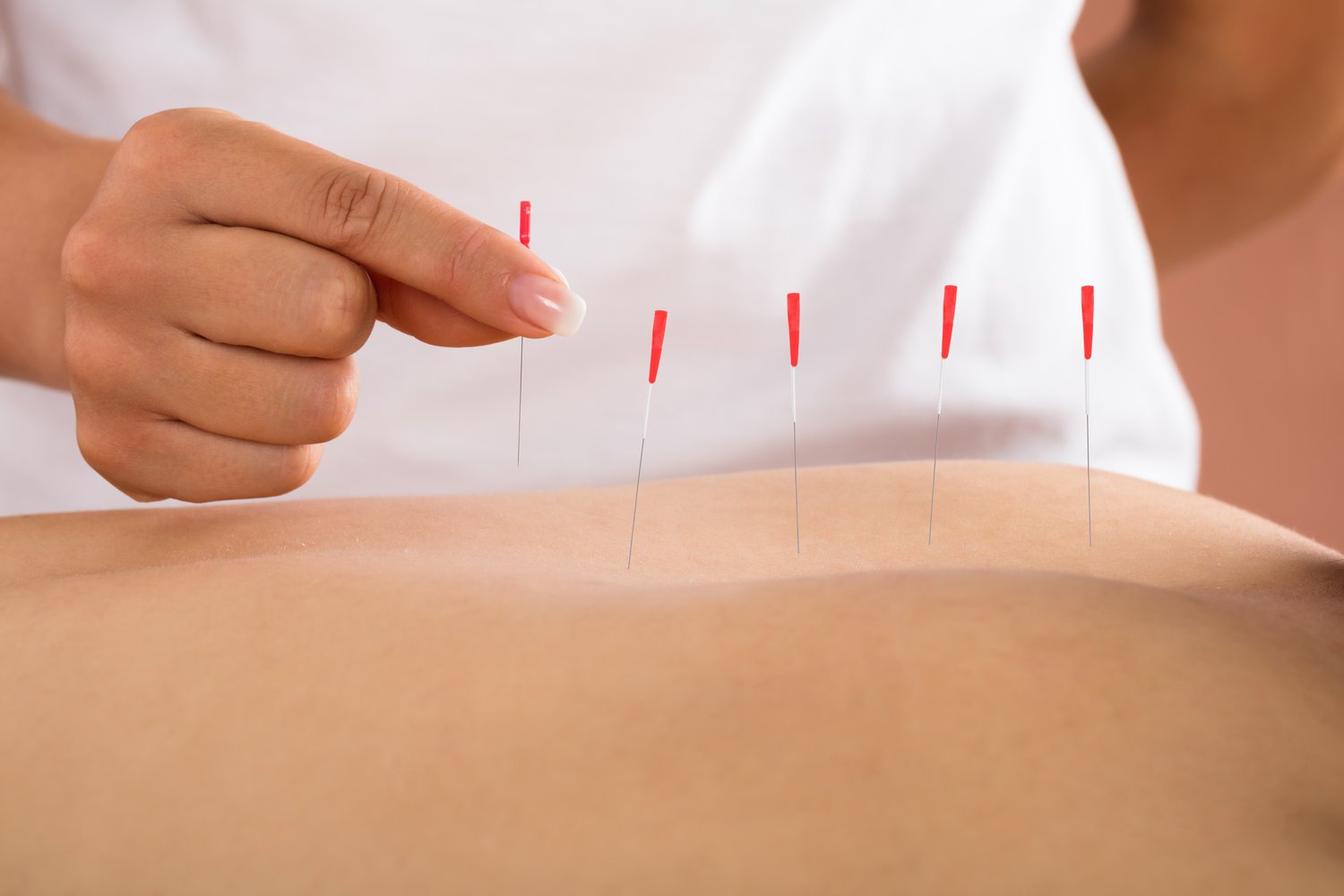
Dry Needling
What is Dry Needling?
Dry needling is a technique physical therapists use (where allowed by state law) for the treatment of pain and movement impairments. The technique uses a "dry" needle, one without medication or injection, inserted through the skin into areas of the muscle. Other terms commonly used to describe dry needling, include trigger point dry needling, and intramuscular manual therapy. Dry needling is not acupuncture, a practice based on traditional Chinese medicine and performed by acupuncturists. Dry needling is a part of modern Western medicine principles and supported by research.
Why Dry Needling?
In cases when physical therapists use dry needling, it is typically one technique that's part of a larger treatment plan. Physical therapists use dry needling to release or inactivate trigger points to relieve pain or improve range of motion. Preliminary research supports that dry needling improves pain control, reduces muscle tension, and normalizes dysfunctions of the motor end plates, the sites at which nerve impulses are transmitted to muscles. This can help speed up the patient's return to active rehabilitation.

More Questions?
What is a trigger point?
A trigger point is a taut band of skeletal muscle located within a larger muscle group. Trigger points can be tender to the touch, and touching a trigger point may cause pain to other parts of the body.
What Kind of Needles Are Used?
Dry needling involves a thin filiform needle that penetrates the skin and stimulates underlying myofascial trigger points and muscular and connective tissues. The needle allows a physical therapist to target tissues that are not manually palpable. Physical therapists wear gloves and appropriate personal protective equipment (PPE) when dry needling, consistent with Standard Precautions, Guide to Infection Prevention for Outpatient Settings, and OSHA standards. The sterile needles are disposed of in a medical sharps collector.
Dry Needling Credentialing
Dr. Hamm has been certified by KinetaCore (a physical therapy continuing education company) to provide dry needling in the State of Illinois, according to the PT Practice Act. To date he has performed well over 900 dry needling sessions.
What is the Success Rate?
According to Dr. Hamm, “The success rate is greater than 75%, meaning a significant improvement noticed in the tissue immediately by me or within the 24-48 hours after needling by the patient. The duration and amount of benefit vary from patient to patient, but I have seen extraordinary results, such as relief of headaches, back pain, neck pain, chronic muscle tightness/spasm, and many others. I use this treatment to relax overactive or tight muscles, primarily, and it works! Are you tired of dealing with the same muscle pain over and over? Then schedule an appointment today!”
Still curious?
References
1) Cummings MT, White AR. Needling therapies in the management of myofascial trigger point pain: a systematic review. Arch Phys Med Rehabil. 2001;82(7):986–992. Free Article.
2) Kalichman L, Vulfsons S. Dry needling in the management musculoskeletal pain. J Am Board Fam Med. 2010;23(5):640–646. Free Article.
This information in this article was obtained from the following Choose PT website link: https://www.choosept.com/resources/detail/dry-needling-by-physical-therapist-what-you-should
